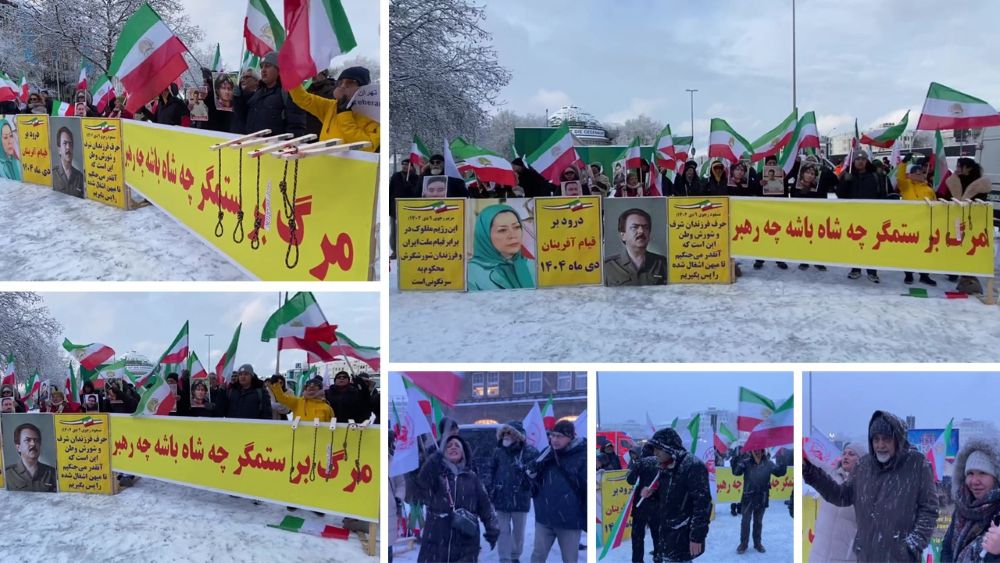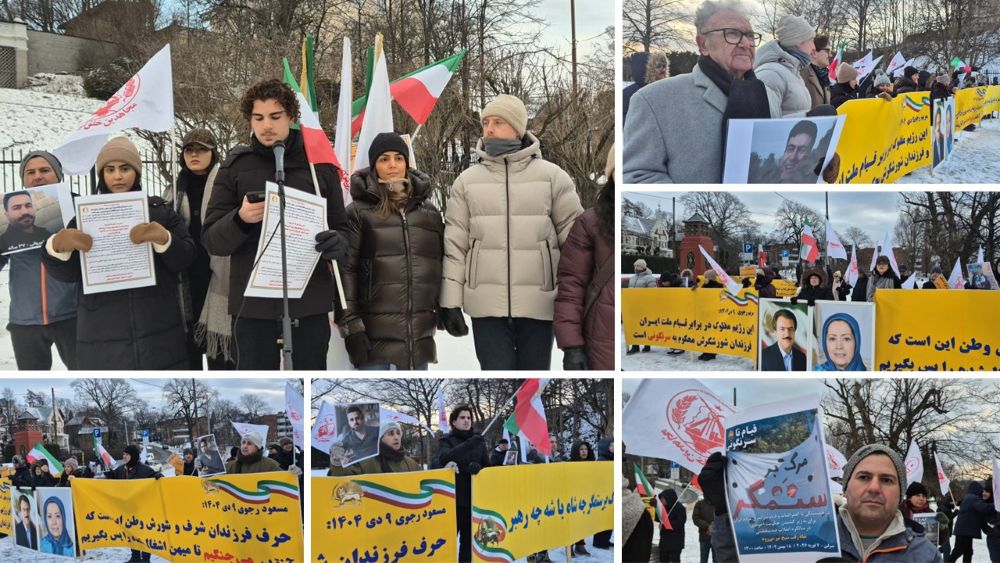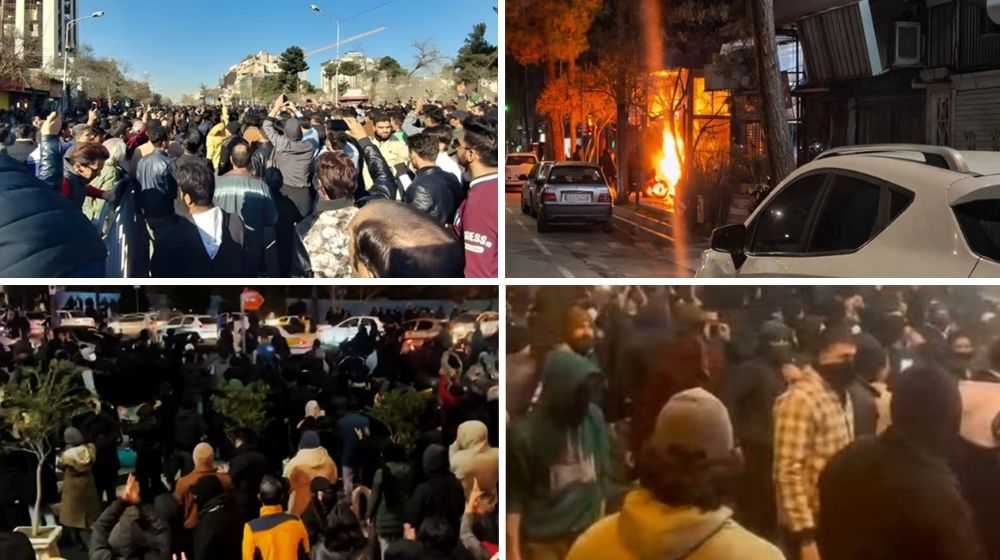With Ebrahim Raisi, one of the henchmen of the 1988 massacre of 30,000 political prisoners, set to become Iranian president next month, the international community should take this as a warning sign that immediate action is needed to investigate the massacre and other human rights abuses in Iran.
After all, given Raisi’s personal history with the suppression of dissidents, it seems obvious that this will exacerbate when he takes the second-highest office in the land. He’s been a loyal servant of the regime since 1979 and the massacre is far from his only crime. In fact, the most recent mass atrocity was the crackdown on the November 2019 uprising, when he oversaw regime forces shooting dead 1,500 people in the streets and arresting 12,000 more.
During the uprising, much like in the December 2017 uprising, the Iranian people called for regime overthrow. It was so bad that the regime was forced to admit that the Iranian Resistance must have widespread support, which is a direct contradiction of regime policy to paint the MEK as a cult with little support, because of how many people took part.
Raisi’s place in the judiciary will be taken by Gholamhossein Mohseni Ejei, another leading figure in the 1988 massacre, who is just like his predecessor. This promotion shows that the regime will continue to allow those who committed atrocities to not only survive in the regime, but thrive.
Many political and human rights groups have demanded that the regime investigate the horrific crimes (or that the international community do it), but the global community has failed to do so, which has led the regime to act with impunity.
Until the mullahs are held to account, they will try to crush the Iranian people’s protests through mass political arrests and executions, as well as hide their crimes through the destruction of mass graves.
There are multiple Amnesty International reports of the regime’s desecration of mass graves. The graves have been identified in at least 36 cities; many of which have already been paved over by the regime.
Several United Nations experts wrote a letter to the regime in 2020 asking them to investigate the massacre, but when the regime failed to respond, they released this letter to the world, calling for an international investigation.
The Iranian Resistance wrote: “Western policymakers should conclude from Iran’s political situation that they have a moral responsibility to confront Iran’s human rights record before it gets worse. At the same time, they should conclude from the situation of social unrest that actions toward this end may also serve to promote and amplify those Iranian voices that may lead the country toward a future free of familiar abuses and free of the theocratic dictatorship behind them.”



